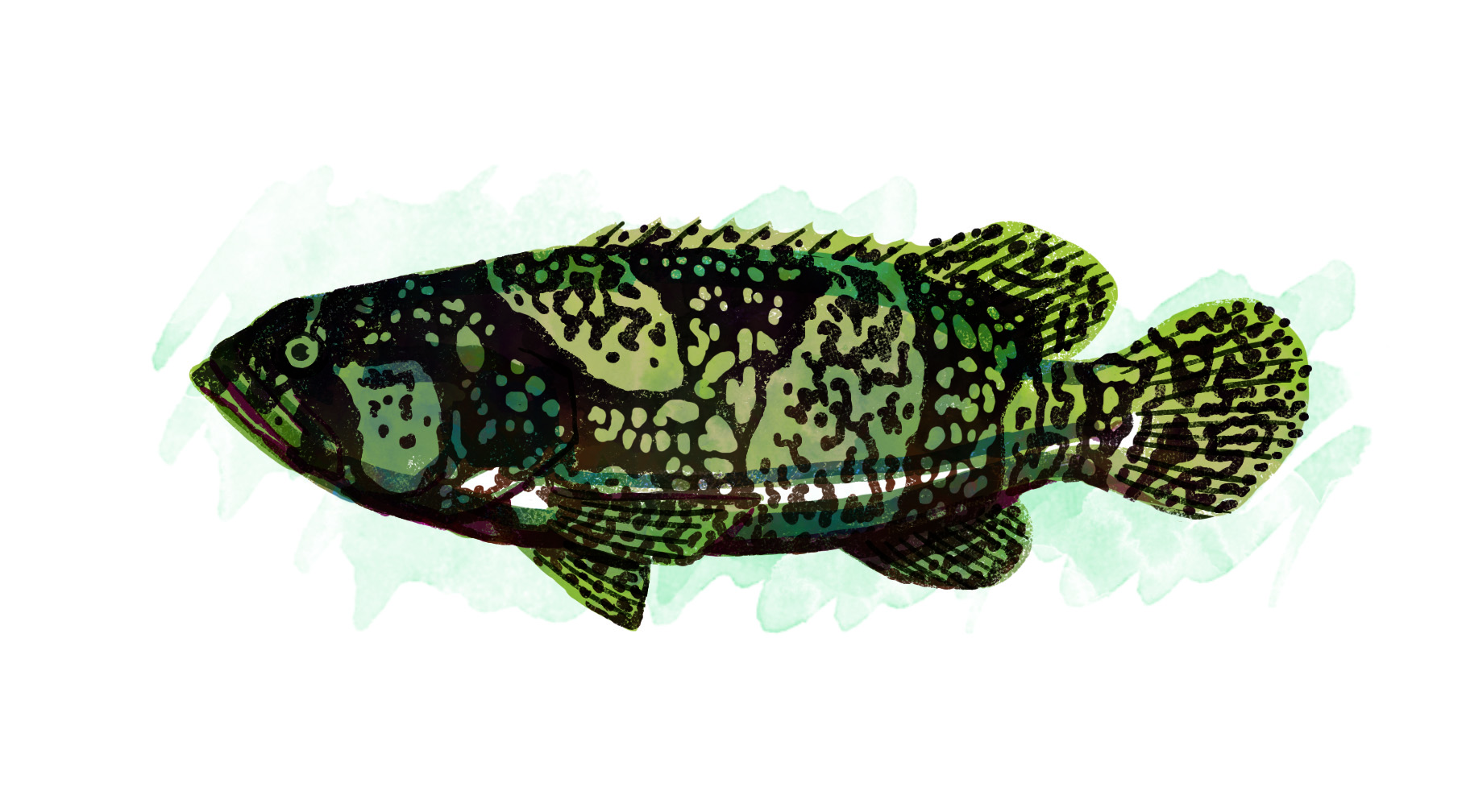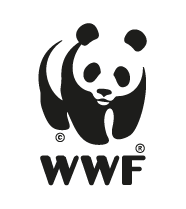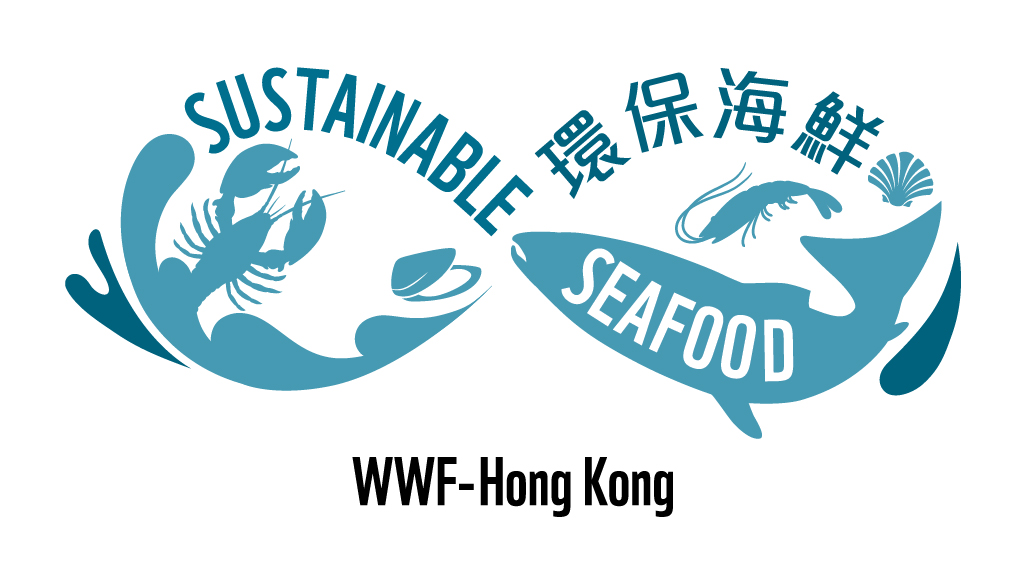
Capture-based
A carnivorous species, the giant grouper’s fish-in-fish-out ratio is high, meaning that large volumes of fish feed are needed to produce one kilogram of giant grouper. Although fish farms use dry pellet for feed, the feed’s traceability is low.
Sea cage farming fully opens to the ocean leading to a high waste discharge rate and causing negative environmental impact. The habitat alteration is moderate. The escape risk is high, which may bring disease to the wild. Cultured grouper may spread bacteria and pathogens. Chemical is used and brings negative environmental impact to the habitat.
Marine aquaculture in Hong Kong has been developed with little planning and regulation. The regulatory framework in Hong Kong covers environment impact assessment, protection of valuable habitat, water pollution, chemical control, environmental monitoring, most of which have been partly effective.

